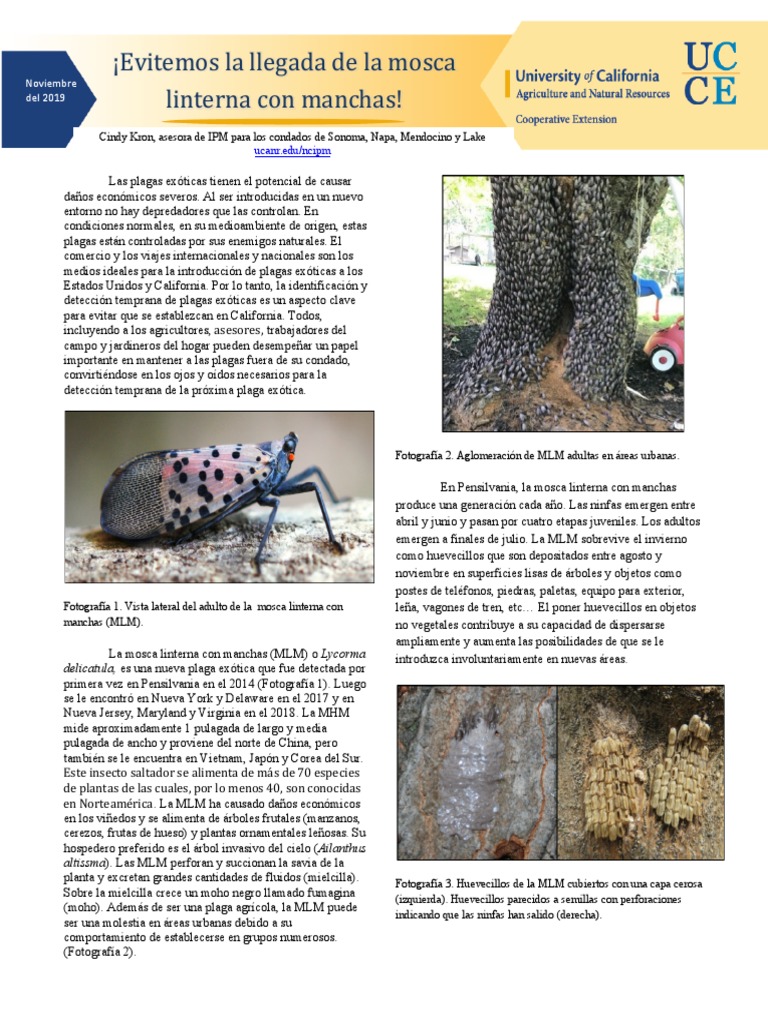The Spotted Lanternfly, scientifically known as *Lycorma delicatula*, has emerged as an object of intrigue and concern across many communities, particularly in the United States. Originating from Southeast Asia, this invasive species has raised questions regarding its ecological impact and its potential threat to human health. One of the most frequently discussed aspects surrounding this insect is its alleged toxicity to humans. To unpack this topic, we must delve into cultural relativism, examining how varying societal beliefs influence our understanding of the Spotted Lanternfly and its perceived dangers.
First and foremost, it is essential to address the fundamental question: are Spotted Lanternflies poisonous to humans? Scientifically, the answer is a definitive no. This insect does not possess venom nor a poison that could inflict harm on human beings through bites or stings. However, the perception of its danger varies greatly among different cultures and communities, often colored by historical encounters with insects and other creatures deemed threatening.
In many cultures, insects have historically been viewed through a lens of superstition and fear. For instance, insects that are large, colorful, or feed on crops can elicit strong reactions, often rooted in ancestral knowledge and agrarian myth. Thus, the Spotted Lanternfly, with its striking appearance and identifiable markings, may trigger a visceral fear response, despite the absence of any actual threat. This reaction illustrates a central tenet of cultural relativism—different societies interpret and construct meanings around the same reality in diverse ways.
To further comprehend this relationship, one must consider the role of misinformation. The rapid spread of information in our digital age contributes to the proliferation of myths and misconceptions. Panicked social media posts suggesting that the Spotted Lanternfly is poisonous can lead to heightened anxiety within a community, prompting calls for extermination and further stigmatization of the insect. This phenomenon highlights the intersection of science and public perception. Unlike empirical data that categorically indicates the non-threatening nature of the Spotted Lanternfly, cultural narratives often sway public sentiment, leading to a dichotomy between scientific knowledge and cultural interpretation.
Moreover, in evaluating the Spotted Lanternfly’s impact on human health, it is pertinent to explore the socio-economic implications of its infestation. While the insect itself is not poisonous, its feeding habits can have deleterious effects on agricultural productivity. This has profound implications, particularly for communities reliant on specific crops for their livelihood. As farmers and agricultural workers witness their yields dwindling, the fear surrounding the insect intensifies. This response is not merely about the insect itself but more about the inherent fear of food insecurity—a primal concern that transcends cultural boundaries and breeds panic.
In some communities, the response to the Spotted Lanternfly has inspired action—ranging from organized extermination efforts to education programs designed to inform the public. In Pennsylvania, for instance, the state government has launched initiatives to manage and control the Spotted Lanternfly population. Such measures demonstrate a proactive stance against not only an infestation but also a potential threat to agricultural resilience. Interestingly, these governmental interventions can also reflect a broader cultural narrative surrounding control over nature, echoing themes prevalent in Western thought about human dominance over the ecosystem.
On the other hand, various indigenous cultures might espouse a contrasting worldview. Their relationship with insects and other beings is often characterized by reverence and interconnectedness. Such outlooks may lead to a prioritization of harmonious coexistence over extermination. In these societies, the introduction of the Spotted Lanternfly could be framed as an opportunity for learning rather than a threat—a narrative that emphasizes adaptation to new ecological realities rather than immediate eradication.
Furthermore, the cultural fascination with the Spotted Lanternfly extends beyond its biological characteristics. This insect encapsulates a broader narrative about human intervention in nature and the unforeseen consequences that unfold. One might consider the historical patterns of human migration and the globalization of species. The allure of the Spotted Lanternfly can therefore be construed as symbolic of humanity’s role in ecological change—an invitation to examine the consequences of trade, climate change, and invasive species on local ecosystems.
In addition to the socio-economic and ecological dimensions, public health perspectives warrant examination. While the Spotted Lanternfly does not threaten human health directly, its presence could indirectly influence human well-being. For instance, in regions experiencing economic decline due to agricultural losses linked to the insect, a rise in mental health issues may manifest. The psychosocial ramifications of dealing with an invasive species highlight the complex interdependencies among ecology, economy, and human welfare—a perspective often espoused in cultural relativism.
In conclusion, the myth that Spotted Lanternflies are poisonous to humans is unfounded. Yet, the cultural responses to this insect’s introduction are complex and multifaceted, reflecting broader societal attitudes towards nature, fear, and ecological management. As communities navigate the realities of this invasive species, it is crucial to foster a balanced discourse that marries scientific understanding with cultural narratives. By approaching such matters with open-mindedness and sensitivity to diverse perspectives, we may cultivate a more nuanced appreciation for the intersections of culture, ecology, and public health—all while ensuring that misinformation does not cloud our judgment. Understanding the Spotted Lanternfly as not only an ecological concern but also as a cultural symbol may pave the way for more engaged and adaptive communities in the face of environmental change.
